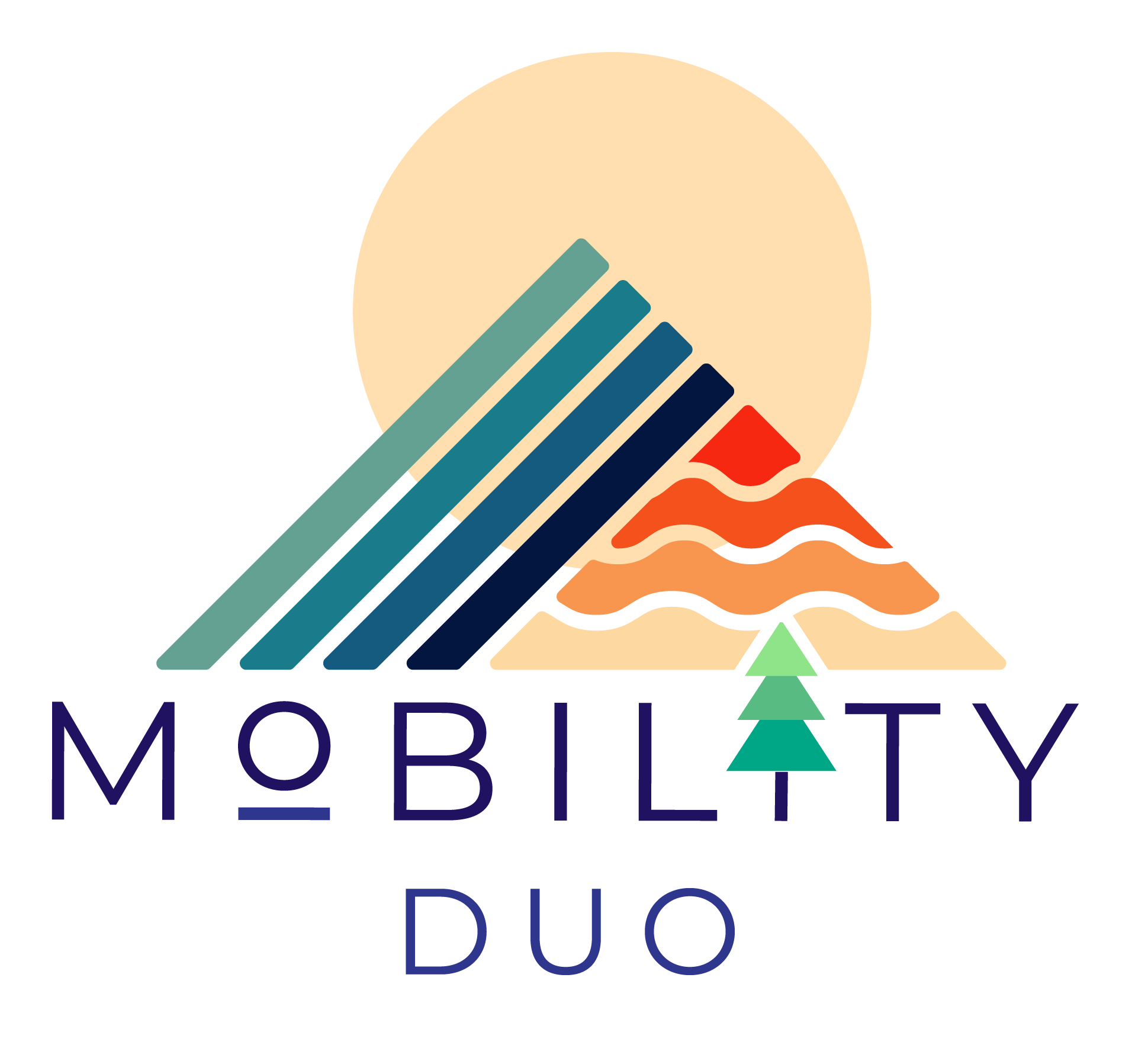Ever wondered how to glide gracefully down the slopes, leaving a beautiful arc in the snow like a master artist? Well, wonder no more! Snowboard carving techniques are your answer, and it’s time to unleash your inner snow ninja. Get ready to learn the secrets of carving, from mastering the basics to perfecting your turns, all while keeping it safe and stylish. Disclaimer, while I am preparing to become a snowboard instructor, there are others who are more qualified to teach 'how to' snowboard specific content. Secondly, the best/ fastest way to improve is through experience on the mountain. Ready to shred? Let’s go!
Mastering the Basics of Snowboard Carving

Carving is a must-have skill for any all-mountain snowboarder hoping to show off their skills by jumping kickers or shredding the halfpipe. To carve on a snowboard, it’s all about grace and poise, leaving behind a masterpiece of a line in the snow while maintaining maximum velocity when cornering. One essential technique to master is the heel carve, which allows for precise control and fluid movement on the slopes.
Eager to master the art of carving on a snowboard? With consistent practice and focus, you’ll soon find yourself carving with finesse. The process is straightforward: Learn the heel and toe edge techniques, achieve balance on your snowboard, and comprehend the fall line. Now, explore the enchanting realm of snowboard carving!
Heel Edge and Toe Edge Techniques
Toe-edge technique is for when you’re going forward, and heel-edge technique is for when you’re going backward - you know, like when you’re trying to make a quick getaway. To toe carve gracefully, you’ll need to tip your snowboard on the toeside edge and add a little extra oomph.
When practicing your heel and toe edge techniques, strap in at the bottom of the hill to practice. Drive your knees forward on your toe edge, as if you were doing the ‘Macarena’. This will help tip the snowboard up. And on your heels, drop your butt like you’re getting comfy in a low chair.
We call this the 'Hump & Dump' technique.
Once you’ve mastered these techniques, you’ll be leaving thin, drawn-out lines in the snow that look like they could be part of a masterpiece! Let the board do the work, not the body. The goal is to be efficient.
Balancing on Your Snowboard
While carving, ensure you bend at the knees instead of the waist to prevent a hunched posture. Enhancing your edge control and balance, crucial for proficient snowboard carving, can be achieved by practicing edge stacking.
So, get low, use your lower body - ankles, knees, and hips - to center yourself more towards the nose of the board, and practice balancing on one leg like a penguin to improve your overall balance.
The key here is knowing where your hips are in space. Center of mass over your base of support.
Understanding the Fall Line

The fall line in snowboarding is the path of least resistance - the one that’ll get you down the hill or mountain as quickly as possible. When you’re going downhill, take it nice and slow and ride your turn all the way around until you’re crossing the fall line, even if you’re on a half pipe.
This is a surefire way to keep your speed in check and maintain control over your carving technique. Visualize your line before you hit it and know your surroundings.
Perfecting Your Carved Turns

Having grasped the basics, your next step is to refine your carved turns. By reducing skidding, amplifying edge angle, and managing speed and momentum, you’ll be carving like an expert on the slopes swiftly.
Get ready to show off your moves and stay on the slopes longer without getting too exhausted! Heel side skidding is not only exhausting on the quadriceps, it changes the terrain into potentially a bumpy/ icy mess for the next athlete behind you.
Minimizing Skidding
To minimize skidding while executing carved turns, follow these steps:
-
Push your knees into the hill, similar to a ski-jumping champion.
-
Tilt your board forward skillfully.
-
Keep your turns as smooth as butter and as consistent as a metronome to maintain control and flow on the slopes.
With practice, you’ll be able to carve like a boss and leave behind a thin line in the snow that’ll make everyone envious of your skills.
Increasing Edge Angle
Sharper, more precise turns can be achieved by increasing your edge angle. With your knees bent, bend your ankles while in a crouching position. Push your knees into the hill to turn your snowboard on its edge.
Apply more pressure to your toes on both the front and back sides. Once you feel comfortable, try reducing the pressure slightly. You might not look as cool this way! Make sure to experiment with different edge angles to find the perfect balance for your carving style.
Speed Control and Momentum
Gaining command over speed control and momentum is fundamental to retain stability while carving. Picture yourself sticking your booty out to tilt your snowboard on its side. You should feel like you’re sitting in a comfy armchair and your calf muscles should be pushing against your high-backs.
By controlling your little speed and momentum, you’ll glide gracefully down the slopes while leaving a beautiful arc in the snow.
Practicing Carving Techniques

Having learned the basics and honing techniques, it’s time to test your newly acquired carving abilities. Practice edge stacking, carving on flat terrain, and gradually progressing to steeper slopes to hone your skills and become the snowboarding superstar you’ve always dreamed of being.
Edge Stacking Practice
Hefting your upper body over the toe edge of your board is the key to mastering edge stacking. Practice by balancing on your toe edge like a majestic eagle perched on a tree branch in one of those edge digs.
As you get more comfortable with edge stacking, you’ll improve your balance and control during carving, making your turns smoother and more precise.
Carving on Flat Terrain
Before you tackle steeper slopes, start by carving on flat terrain. This will help you build confidence and develop your carving technique in a controlled environment.
As you become more comfortable with your carving skills on flat terrain, you’ll be ready to graduate to steeper slopes and truly show off your skills.
Progressing to Steeper Slopes
As you become more comfortable with your carving technique, it’s time to take the plunge and progress to steeper slopes. Start by tinkering around on small hills and then slowly but surely increase the steepness of the slope as you become more confident with the technique.
Remember to always know your limits and avoid attempting advanced carving techniques before you’re ready.
Gear Considerations for Snowboard Carving

Your snowboard gear plays a crucial role in how well you carve the slopes. From choosing the right snowboard to selecting the perfect boots and bindings, and keeping your gear in tip-top shape with regular tuning and maintenance, your gear can make or break your carving experience.
So, let’s dive into the nitty-gritty of gear selection and maintenance for snowboard carving.
Choosing the Right Snowboard
Choosing an appropriate snowboard that matches your carving style and skill level is critical for delivering your best performance on the slopes. Consider factors such as your skill level, preferred carving style, and the terrain you usually ride when choosing your snowboard.
Remember, a snowboard that’s perfect for someone else might not be the best fit for you. Things to look for are:
-
Length
-
Stiffness
-
Shape
-
Width
-
Edge
Boot and Binding Selection
A pair of boots and bindings that provide comfort and support can significantly enhance your carving performance. Consider upgrading to stiffer boots for better control while carving those slopes like a boss.
Experiment with different binding angles to find the one that makes you feel like a snowboarding superstar. Remember, your boots and bindings should fit snugly and provide good support, so you can carve the slopes with confidence and style.
Tuning and Maintenance
Regular tuning and maintenance are necessary to keep your snowboard in optimal condition and carving-ready. Regular maintenance, such as checking for damage and waxing, helps ensure your board is always ready to shred.
Tuning, like sharpening the edges and waxing the base, will give you the grip and maneuverability you need for an awesome carving experience. So, give your board the TLC it deserves and keep it in top shape for carving the slopes.
Carving Safety and Etiquette
Embarking on your carving journey, keep in mind that safety protocols and etiquette should be prioritized. From wearing protective gear to respecting other riders and knowing your limits, following these guidelines will help ensure a safe and enjoyable carving experience for both you and your fellow snowboarders.
Wearing Protective Gear
Donning protective gear like a helmet and wrist guards is vital to prevent injuries while carving. A helmet should fit snugly and be properly secured, while wrist guards should also fit snugly and be securely fastened.
Respecting Other Riders
Respect other riders on the slopes by:
-
Maintaining a safe distance
-
Being aware of your surroundings
-
Keeping your turns consistent and predictable, allowing others to pass you with their dignity intact.
After all, the slopes are a shared space, so let’s all do our part to keep them safe and enjoyable for everyone.
Knowing Your Limits
On your carving journey, it’s crucial to acknowledge your limitations and refrain from trying advanced carving techniques until ready. Practice carving on flat terrain and work your way up to steeper slopes as you become more comfortable and confident with your carving skills.
Remember, Rome wasn’t built in a day, and neither were your snowboarding skills!
Video Tutorials and Resources
Wish to enhance your snowboard carving skills further? A plethora of online video tutorials and resources can assist you in your carving endeavor. From YouTube channels like Snowboard Addiction to websites like Snowboard Tutorial, these resources offer comprehensive tutorials and videos that will have you carving like a pro in no time.
So, grab your board, hit the play button, and let the learning begin!
Summary
Carving up the slopes like a pro takes practice, dedication, and the right gear. By mastering the basics, perfecting your carved turns, and practicing on a variety of terrains, you’ll soon be leaving your mark on the slopes. Remember to always prioritize safety and respect for your fellow riders, and continue to seek out new resources and tutorials to keep improving your skills. Now, grab your snowboard and hit the slopes – it’s time to carve your way to snowboarding greatness!



Leave a comment